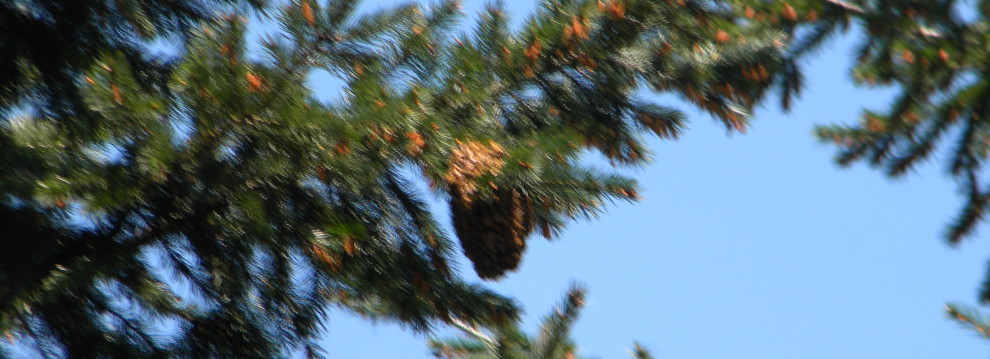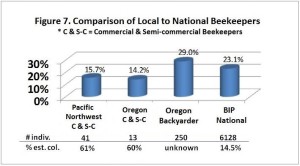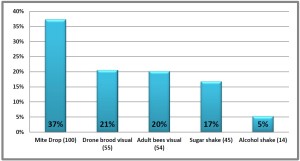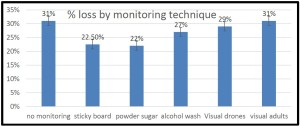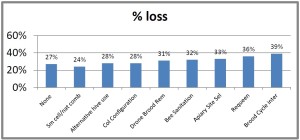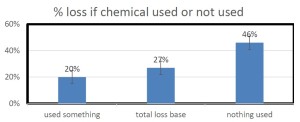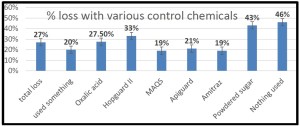Swarm hive was going strong when I left for Europe mid Oct to mid Nov. When returning there was not one bee, dead or otherwise in the hive. There were a few capped cells with normal bees not yet hatched. Lots of honey storage left. My first hive(2012) was doing fine Jan 7, heavy boxes, lots of bees coming and going on nice days, by Feb 24 there (and still is) are only a few bees left (baseball size cluster), including the queen, but no eggs. The screened bottom board was covered with dead bees on Feb 25 when I could finally get in the hive to see what was going on. I am assuming it is varroa mite, as the frames looked like the one you showed at WVBA during your presentation. The varroa count was low last summer in all hives, so didn’t treat. As a suggestion, it would be nice if we could print this document, so we have a copy of our survey as well. I tried to print this but would only print current page.
RESPONSE – Spring bee colony losses are “normal” for keeping bees – this is when we see colonies die. Varroa is always a good culprit to use when trying to diagnose a bee loss. I did offer paper copies at the WVBA meeting. The reason you could only print a single page is because the survey has “hidden” pages (when do or don’t pop up depending upon your entry response to that section). I recognize it is inconvenient to have only a single page – ask me if we have developed the way to provide this next year and if not you are welcome to use the paper mail in version next season taking a copy for your records prior.
-
Recent Posts @ the Buzz
- The 2023-2024 Bee Survey is now LIVE!
- The Reluctant Spring of 2023
- 2022-2023 Bee Survey is OPEN!
- 2021-2022 Survey Announcement
- Surviving Wildfires & Ice storms – 2020-2021 Survey Announcement
- Q & A – Barely Surviving Spring
- Q & A – Treatment Free Studies
- Q&A – Agricultural sprays & our bees
- 2019-20 Honey Bee Survey is on!
- Q&A – cold/snowy loss
Tags
AFB agricultural crops bee disappearance Brood colony loss confusion costly hobby dead bees dead out drone education Feeding fondant future survey hive loss Honey honey flow honey stores mentors mite mite control mites moisture multiple choice nucs overwinter oxalic acid packages PMS pollen pollination queen sanitation season split spraying survey confusion Survey glitch swarm top bar treatments Varroa Varroa mite control Warre yellow jacketsArchives
- March 2024 (1)
- April 2023 (1)
- March 2023 (1)
- March 2022 (1)
- February 2021 (1)
- April 2020 (3)
- March 2020 (1)
- March 2019 (22)
- February 2019 (1)
- July 2018 (2)
- June 2018 (1)
- May 2018 (2)
- February 2018 (1)
- May 2016 (58)
- April 2016 (1)
- February 2016 (1)
- November 2015 (1)
- September 2015 (3)
- August 2015 (1)
- July 2015 (1)
- May 2015 (6)
- April 2015 (29)
Categories
- 2015 (5)
- 2015 Survey (38)
- 2016 Survey (55)
- Carons articles (15)
- Dr (4)
- Q & A (101)
- Results (1)
- Uncategorized (11)
